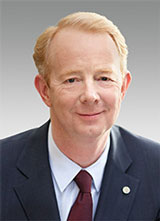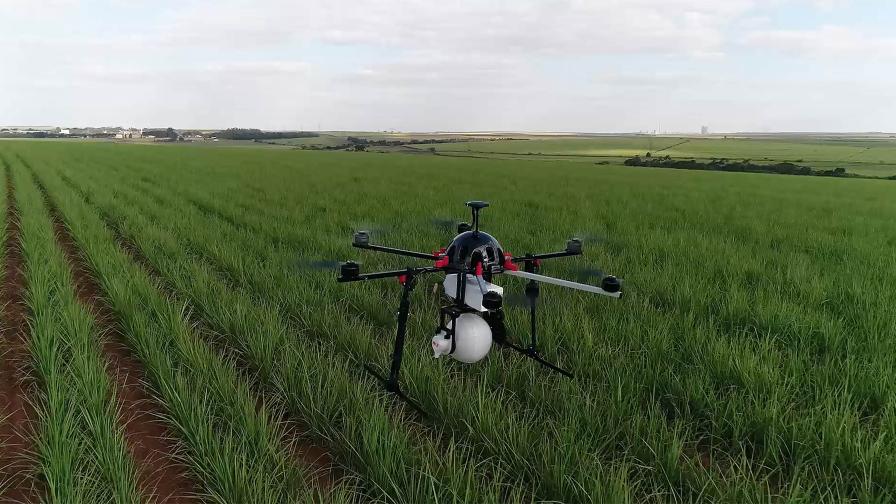Bayer: ‘Very Successful’ Start to 2014

Dekkers
Photo courtesy Bayer AG
Bayer CropScience posted 4.9% higher sales in the first quarter to $4 billion, helped by an early start to the season in Europe and robust sales in Latin America.
CropScience sales jumped 17% in Europe and by 21.3% in Latin America/Africa/ Middle East, on a currency-adjusted basis. Sales increased 8.2% in Asia/Pacific and 4.3% in North America, also adjusted for currency impacts.
“Our business benefited mainly from an early start to the season in Europe and strong sales in Latin America,” Chief Executive Marijn Dekkers said in a statement.
CropScience said it continues to predict favorable market conditions for 2014, “although the environment will not be quite as positive as in 2013.”
The crop protection business saw positive development in all business units, with new products launched since 2006 playing a key role, the company said. Fungicides, seed treatments (SeedGrowth) and insecticides all posted double-digit growth rates. Herbicides mainly benefited from development of products for use in cereals. The seeds business also expanded, while its non-crop Environmental Science segment registered a positive performance both by products for professional users and by the consumer business, raising sales by 7.9%, on a currency-adjusted basis.
Despite negative currency effects of about $97 million or about 6%, EBITDA before special items edged up 1.6% to $1.5 billion on significantly increased volumes and higher selling prices. However, earnings were hampered by increases in both selling expenses and research and development expenses.
Looking ahead, Bayer said CropScience expects to grow faster than the market and raise sales by a mid- to high-single-digit percentage on a currency- and portfolio-adjusted basis. Negative currency effects of about 3% are anticipated compared to 2013. CropScience expects to increase EBITDA before special items by a low-single-digit percentage, allowing for negative currency effects of approximately $208 million.






